Reviewed: 28
This is a practical guide to Surface Science for researchers working in the Packaging and Containers Industry.
In this all-new guide you’ll learn all about:
Let’s dive right in.

In today’s packaging and container industry, success is determined by factors such as product quality, user experience, and environmental impact. This can be illustrated through a simple yet detailed example: oil and grease-resistant paper, a crucial component of the modern packaging industry. Despite the hydrophobicity and porosity of the base paper making it unsuitable for packaging purposes, a coating with specific properties is applied to impart hydrophobic and oleophobic characteristics. These papers, derived from plant fibers, are light, flexible, recyclable, and compostable materials. Since they are derived from renewable resources they are compatible to environment. Consequently, these papers have become indispensable in the area of packaging, embodying the industry’s commitment to both efficiency and sustainability.
In the preparation of oil and grease-resistant papers, surface properties such as contact angle, sliding angle, surface tension, and surface energy play a crucial role. Therefore, the success of the packaging and container industries lies in how efficiently one can apply these surface properties to produce papers with the desired characteristics.
We use the important surface properties below to understand the behavior of Packaging and Containers products and improve their quality.
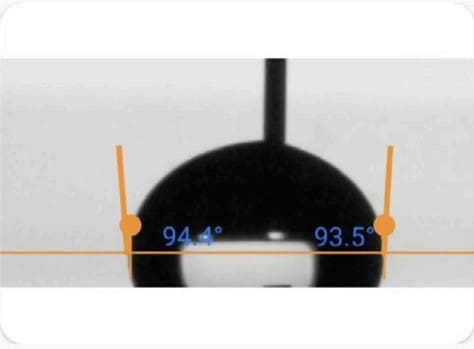
Young – Laplace Method
Polynomial Method
Dynamic Contact Angle
Ideally, when we place a drop on a solid surface, a unique angle exists between the liquid and the solid surface. We can calculate the value of this ideal contact angle (the so-called Young’s contact angle) using Young’s equation. In practice, due to surface geometry, roughness, heterogeneity, contamination, and deformation, the contact angle value on a surface is not necessarily unique but falls within a range. We call this range’s upper and lower limits the advancing contact angle and the receding contact angle, respectively. The values of advancing and receding contact angles for a solid surface are also very sensitive. They can be affected by many parameters, such as temperature, humidity, homogeneity, and minute contamination of the surface and liquid. For example, the advancing and receding contact angles of a surface can differ at different locations.
Practical surfaces and coatings naturally show contact angle hysteresis, indicating a range of equilibrium values. When we measure static contact angles, we get a single value within this range. Solely relying on static measurements poses problems, like poor repeatability and incomplete surface assessment regarding adhesion, cleanliness, roughness, and homogeneity.
In practical applications, we need to understand a surface’s liquid spreading ease (advancing angle) and removal ease (receding angle), such as in painting and cleaning. Measuring advancing and receding angles offers a holistic view of liquid-solid interaction, unlike static measurements, which yield an arbitrary value within the range.
This insight is crucial for real-world surfaces with variations, roughness, and dynamics, aiding industries like cosmetics, materials science, and biotechnology in designing effective surfaces and optimizing processes.
Learn how Contact Angle measurement is done on our Tensiometer
For a more complete understanding of Contact Angle measurement, read our Contact Angle measurement: The Definitive Guide
This property measures the force that acts on the surface of a liquid, aiming to minimize its surface area.
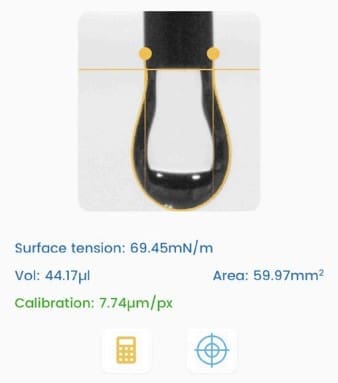
Dynamic Surface Tension
Dynamic surface tension differs from static surface tension, which refers to the surface energy per unit area (or force acting per unit length along the edge of a liquid surface).
Static surface tension characterizes the equilibrium state of the liquid interface, while dynamic surface tension accounts for the kinetics of changes at the interface. These changes could involve the presence of surfactants, additives, or variations in temperature, pressure, and composition at the interface.
Dynamic surface tension is essential for processes that involve rapid changes at the liquid-gas or liquid-liquid interface, such as droplet and bubble formation or coalescence (change of surface area), behavior of foams, and drying of paints (change of composition, e.g., evaporation of solvent). We measure it by analyzing the shape of a hanging droplet over time.
Dynamic surface tension applies to various industries, including cosmetics, coatings, pharmaceuticals, paint, food and beverage, and industrial processes, where understanding and controlling the behavior of liquid interfaces is essential for product quality and process efficiency.
Learn how Surface Tension measurement is done on our Tensiometer
For a more complete understanding of Surface Energy measurement, read our Surface Tension measurement: The Definitive Guide

Learn how Surface Energy measurement is done on our Tensiometer
For a more complete understanding of Surface Energy measurement, read our Surface Energy measurement: The Definitive Guide
The sliding angle measures the angle at which a liquid film slides over a solid surface. It is commonly employed to assess the slip resistance of a surface.
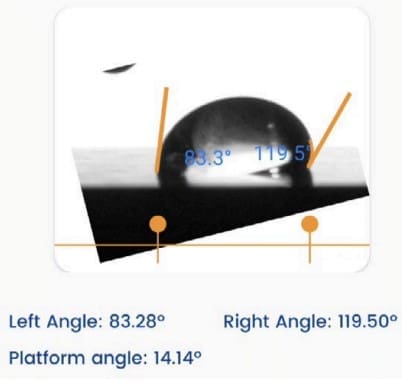
Learn how Sliding Angle measurement is done on our Tensiometer
For a more complete understanding of Sliding Angle measurement, read our Sliding Angle Measurement: The Definitive Guide
Within the Packaging and Containers industry, several case studies exemplify the advantages of conducting surface property measurements.
Challenge: The sterility of aseptic packages can be compromised during storage and distribution due to rough or improper handling.
Solution: In one study, scientists focused on determining the threshold pressure required to create a leak. They observed significantly lower threshold pressures in the case of low surface tension liquids, such as safranin red dye, compared to high surface tension liquids, like distilled water. This insight allows manufacturers to proactively avoid conditions that could lead to leakage issues. A tensiometer like Droplet Lab’s Dropometer precisely measures surface tension, enabling manufacturers to identify and understand how different liquids interact with packaging materials. By providing accurate data on surface tension, it helps in assessing the susceptibility of packaging to leaks and supports the development of more robust packaging solutions, thus maintaining package sterility.
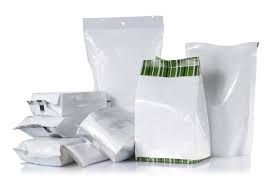
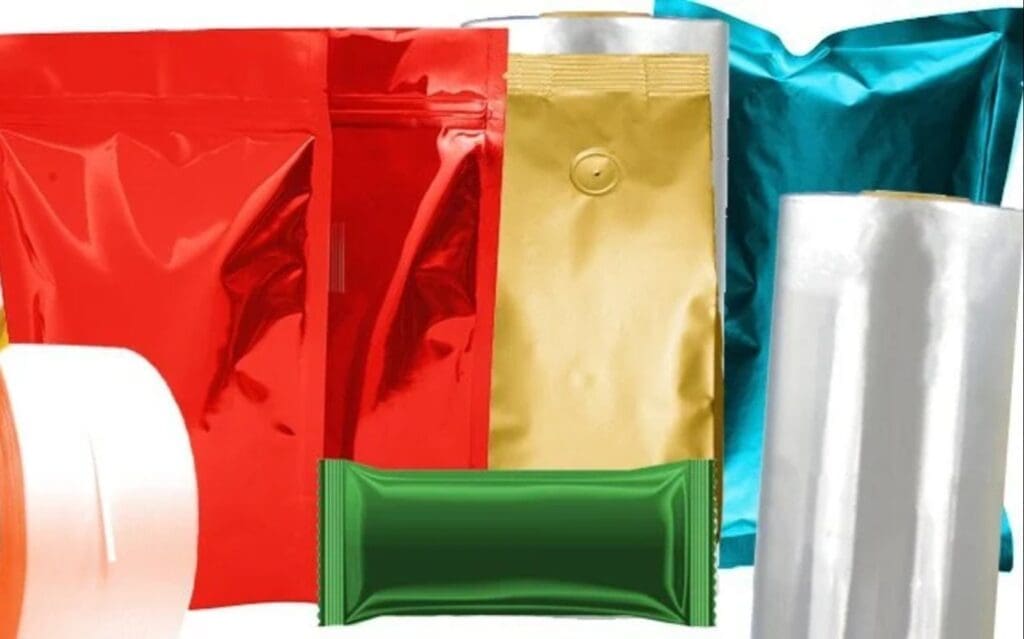
Challenge: Printing ink in flexible packaging materials can cause contamination in the mechanical recycling process.
Solution: The removal of printing ink residue from the surface of flexible plastic packaging can be achieved through detergency, mechanical, and chemical cleaning processes. In this context, contact angle measurements are invaluable for studying the interaction between the polymer and surfactant. These measurements are highly effective in comparing the wetting behavior of surfactants on various printing ink systems and non-printed film surfaces.
Challenge: There was a big issue with label adhesion in packages that have curved surfaces, resulting in peeling and poor aesthetics.
Solution: The manufacturer applied the surface tension measurements that helped in the selection of label materials with appropriate adhesive properties for curved surfaces. These optimized properties of adhesives ensured strong and lasting label adhesion, enhancing the overall visual appeal of the packaging.
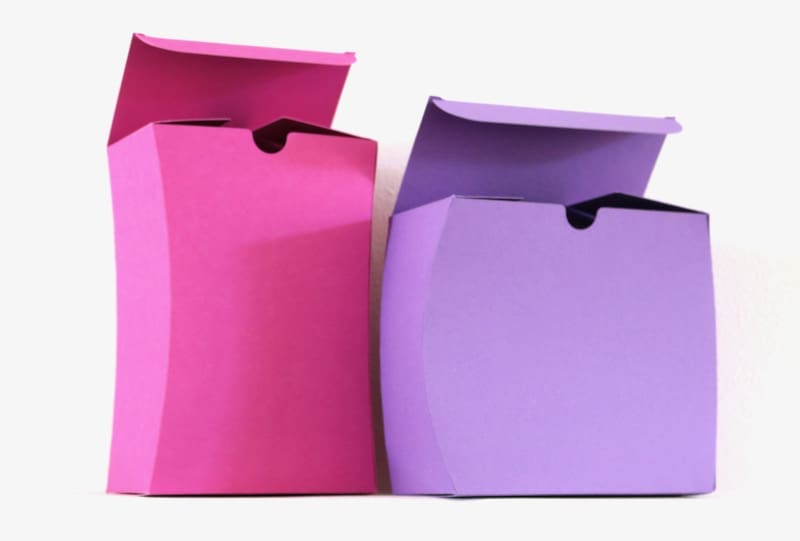
If you are interested in implementing these or any other applications, please contact us.
In an industry where precision reigns supreme, where do Packaging and Containers manufacturers turn to ensure their products can survive scrutiny? The answer lies in standards and guidelines: the compass that guides cosmetics manufacturers through the complex maze of quality and performance.
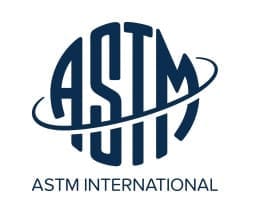
This standard provides guidelines for measuring advancing contact angles to evaluate the wettability of surfaces, which is crucial in assessing how liquids interact with packaging materials.
Although primarily focused on paper, this method can also be applicable to various materials used in packaging to determine their surface wettability.

This ISO standard specifies a method for determining the contact angle of water on plastics, which is important for evaluating how liquids interact with plastic packaging materials.
While not directly about contact angle or surface tension, ISO 8296 involves testing packaging under conditions where surface properties and interactions can influence the outcomes, indirectly affecting testing standards related to surface characteristics.
We hope this guide showed you how to apply surface science in cosmetics industry.
Now we’d like to turn it over to you:
Droplet Lab was founded in 2016 by Dr. Alidad Amirfazli, faculty member at York University, and two of his researchers, Dr. Huanchen Chen and Dr. Jesus L. Muros-Cobos.
Dropletlab © 2024 All Rights Reserved.